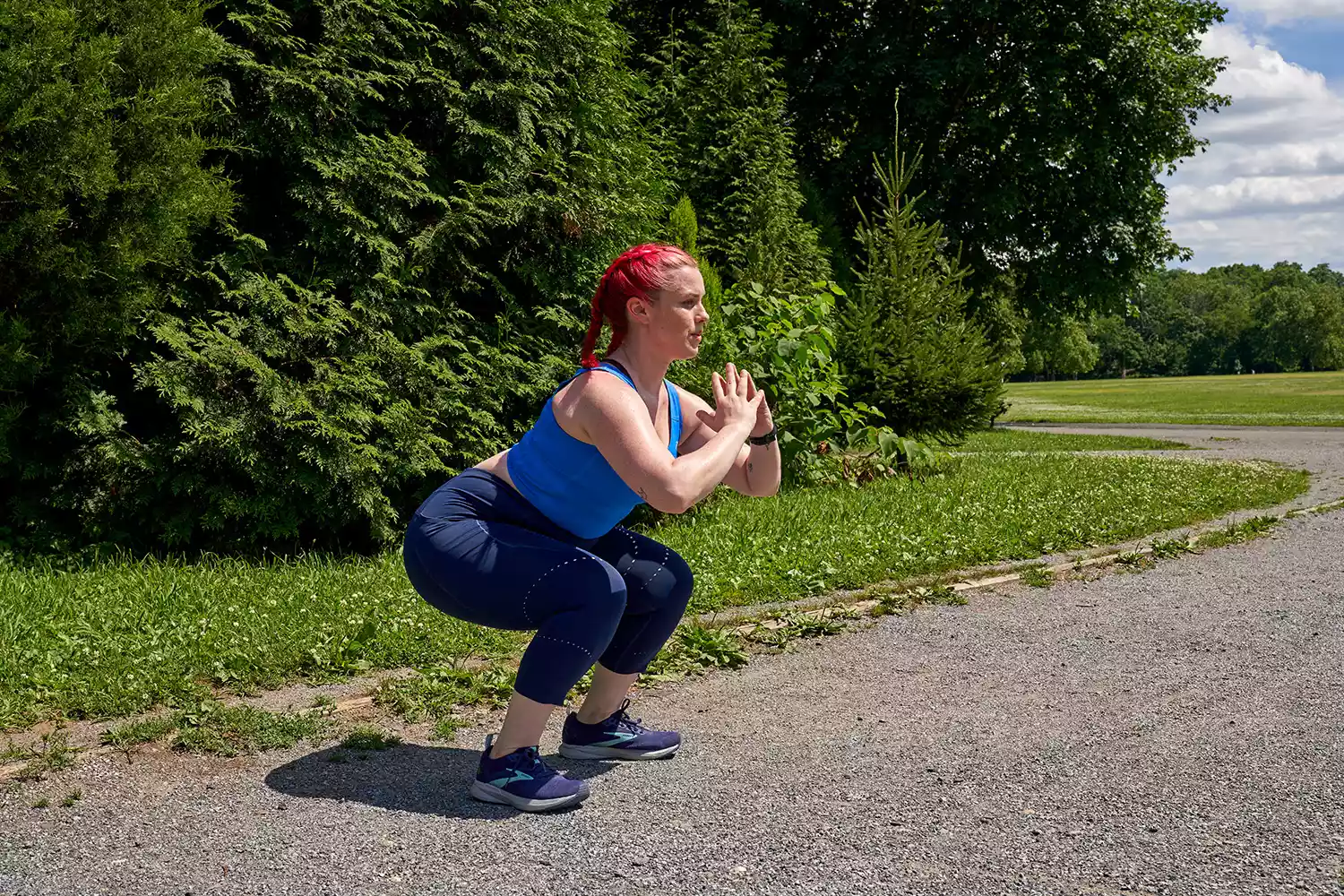It definitely feels like you are burning more calories when you walk uphill or add slope to your treadmill exercise– you’re not only utilizing different muscles however also battling harder versus gravity, which ups the intensity.
How many more calories are you burning by walking uphill? The response originates from two sources: research measurements for metabolic equivalents and equations used by the American College of Sports Medicine (ACSM).
Calories Burned Walking Uphill
Research study in metabolic equivalents utilizes actual measurements of the calories used up by people walking uphill at a brisk 3.5 miles per hour compared to those walking on flat, firm ground at the very same speed.
The outcomes revealed that a 150-pound individual burned 80 calories per mile on flat ground while strolling uphill burned an extra 48 calories per mile, a 60{3ce0ad748aa90072994365178fd728c9d7c9d879343909fd1337f07a6240cc7d} boost. This research study of metabolic equivalents (MET) is utilized in strolling calorie charts and some calculators.1.
The second method for calculating uphill calorie burn utilizes the equations from the American College of Sports Medicine’s “Resource Manual for Guidelines for Exercise Testing and Prescription,” which shows:2.
For each 1{3ce0ad748aa90072994365178fd728c9d7c9d879343909fd1337f07a6240cc7d} of uphill grade, a 150-pound individual burns about 10 more calories per mile (an increase of about 12{3ce0ad748aa90072994365178fd728c9d7c9d879343909fd1337f07a6240cc7d}).
That suggests that at a 10{3ce0ad748aa90072994365178fd728c9d7c9d879343909fd1337f07a6240cc7d} grade, that 150-pound individual burns more than two times as lots of calories per mile as they would walking on flat ground.
Slope Matters.
The quantity of incline makes a big distinction. On a treadmill, you can accurately set your incline depending upon what you’re going for. Some treadmills have portion grade settings, and some usage characters like 1.0, 1.5, 2.0– these amount to 1{3ce0ad748aa90072994365178fd728c9d7c9d879343909fd1337f07a6240cc7d}, 1.5{3ce0ad748aa90072994365178fd728c9d7c9d879343909fd1337f07a6240cc7d}, 2{3ce0ad748aa90072994365178fd728c9d7c9d879343909fd1337f07a6240cc7d}, etc.
In the terrific outdoors, not all hills are alike– they have various slopes (portion grades). The varying inclines found in nature are why treking is typically noted in calorie calculators as burning many more calories per mile than strolling.
When strolling outdoors, you can use a tool such as Map My Walk to draw up your strolls and identify your route’s inclines. A 5{3ce0ad748aa90072994365178fd728c9d7c9d879343909fd1337f07a6240cc7d} slope will really get your heart rate up and you’ll likely be breathing hard.
Compute Your Calorie Burn.
Calorie burn is affected by the period of your walk and your weight. You can get an approximation of your calorie burn strolling uphill by entering your weight, walk duration, and selecting “treking” on the calculator listed below.
Calories Burned Walking Downhill.
Unless you are on a treadmill, what goes up should boil down. Walking downhill burns fewer calories than strolling uphill or on level ground– however just by a little.

MET research study reveals that you just burn 6.6{3ce0ad748aa90072994365178fd728c9d7c9d879343909fd1337f07a6240cc7d} less calories per mile when going downhill compared to strolling on flat ground.1 That suggests burning five fewer calories per mile for a 150-pound person. In general, by adding a 1-mile uphill walk followed by a 1-mile downhill walk, a 150-pound person would burn 43 more calories than they would have strolling those 2 miles on flat ground.
Tech Tools for Uphill Calorie Counting.
The numbers for calories burned as revealed on your treadmill screen and those depended on your fitness tracker or heart rate screen probably do not match each other, particularly when walking on an incline. It can be hard to know which of them, if either, is most precise. In every case, setting an accurate weight in whatever tool you use will help it compute more accurately.
These gadgets may use this information to improve the calorie price quote. The treadmill, however, has the slope information, which ideally affects the calorie data it presents.
Include Uphill Walking to Workouts.
If you’re wanting to include hills to your typical strolling route, analyze your surrounding locations. Try to find any close-by tracks with hills of differing degrees, or check out safe uneven areas that you can walk through. You can even pace your sloped driveway.
If you ‘d rather utilize slope in your treadmill strolling exercises, you can do that too. Treadmills usually give you the alternative to adjust the incline for your exercises, and you can frequently even select pre-programmed slope interval workouts.
Now that you know how to set slope and incorporate hills into your outdoor walks, you can concentrate on excellent kind, posture, and technique to get the most out of your uphill and downhill walks.
How to Walk Uphill.
Utilize this uphill walking method for those climbs:.
Don’t raise your knees too high.
Keep your torso over your hips without leaning excessively either forward or backwards.
Reduce your actions and attempt to maintain the exact same speed.
How to Walk Downhill.
Walking downhill can position a stress on your knees, as those with knee problems probably currently experience. You should find out great methods to help protect your knees on the downhills:.
Do not lean back. Keep your hips over your knees in an upright posture or even lean very slightly forward for better stability.
Keep your knees somewhat bent at all times on steeper slopes.
Your stride will naturally extend going downhill, which will assist you brake while still moving faster than typical. If you discover yourself going too quickly, reduce your stride or decrease your actions.



